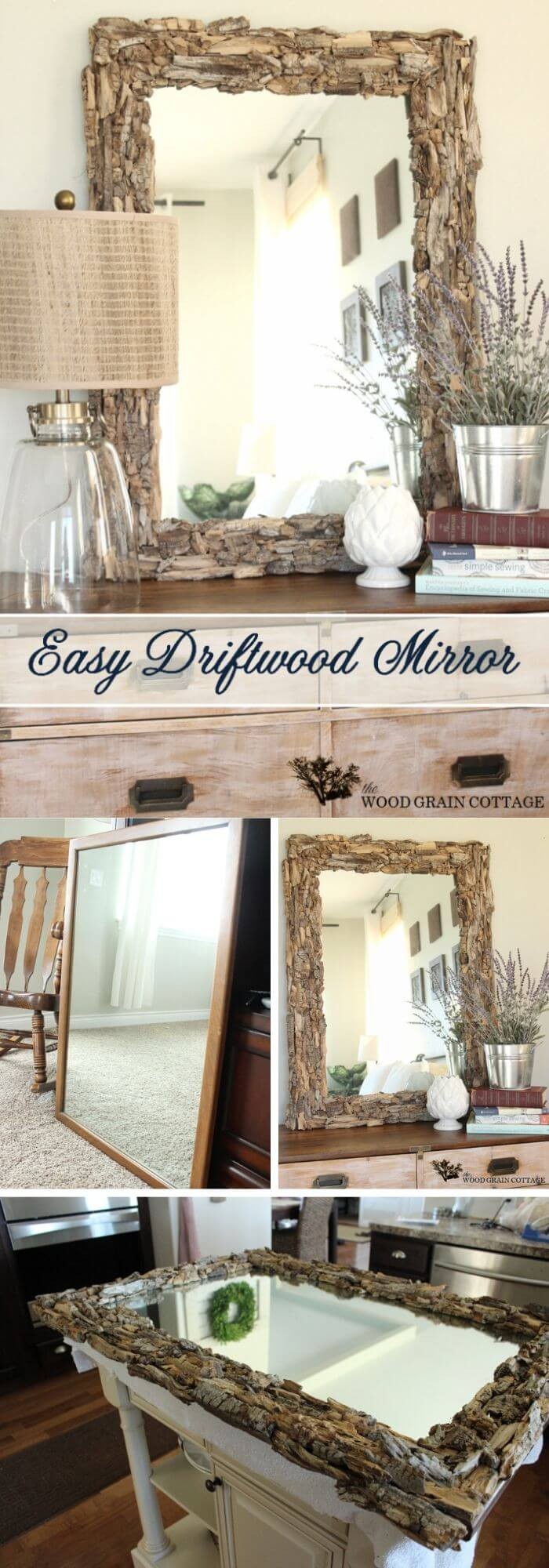The Four Seasons Perennial Garden
Envision a lush oasis that transforms with the seasons, showcasing not just vibrant blooms but also intriguing foliage and structural elements. A Four Seasons Garden is a symphony of textures and colors that delights throughout the year. In this article, we’ll explore the beauty of seasonal gardening, highlighting an array of flowers and plants that thrive in different times of the year.
Imagine strolling through your garden on a crisp spring morning, surrounded by delicate trilliums and blue flag irises. As summer arrives, trumpet vines burst into bloom, followed by a kaleidoscope of fall colors from mums and asters. And when winter’s chill sets in, evergreen shrubs like privet and holly provide a cozy backdrop for snow-covered statues or twinkling lights.
Some key players in this seasonal spectacle include sedum, with its succulent leaves and vibrant blooms; bearded irises, which unfurl like gentle streamers of color; and yarrow, with its feathery foliage and delicate white flowers. Mosses and creeping thyme add a soft, textured layer to the garden’s tapestry.
Whether you’re new to gardening or seeking inspiration for your existing outdoor space, this article will guide you in creating a Four Seasons Garden that will delight and enchant throughout the year.
Four Seasons Flowers Good in Spring/Summer/Fall/Winter
#1. Sedum acre
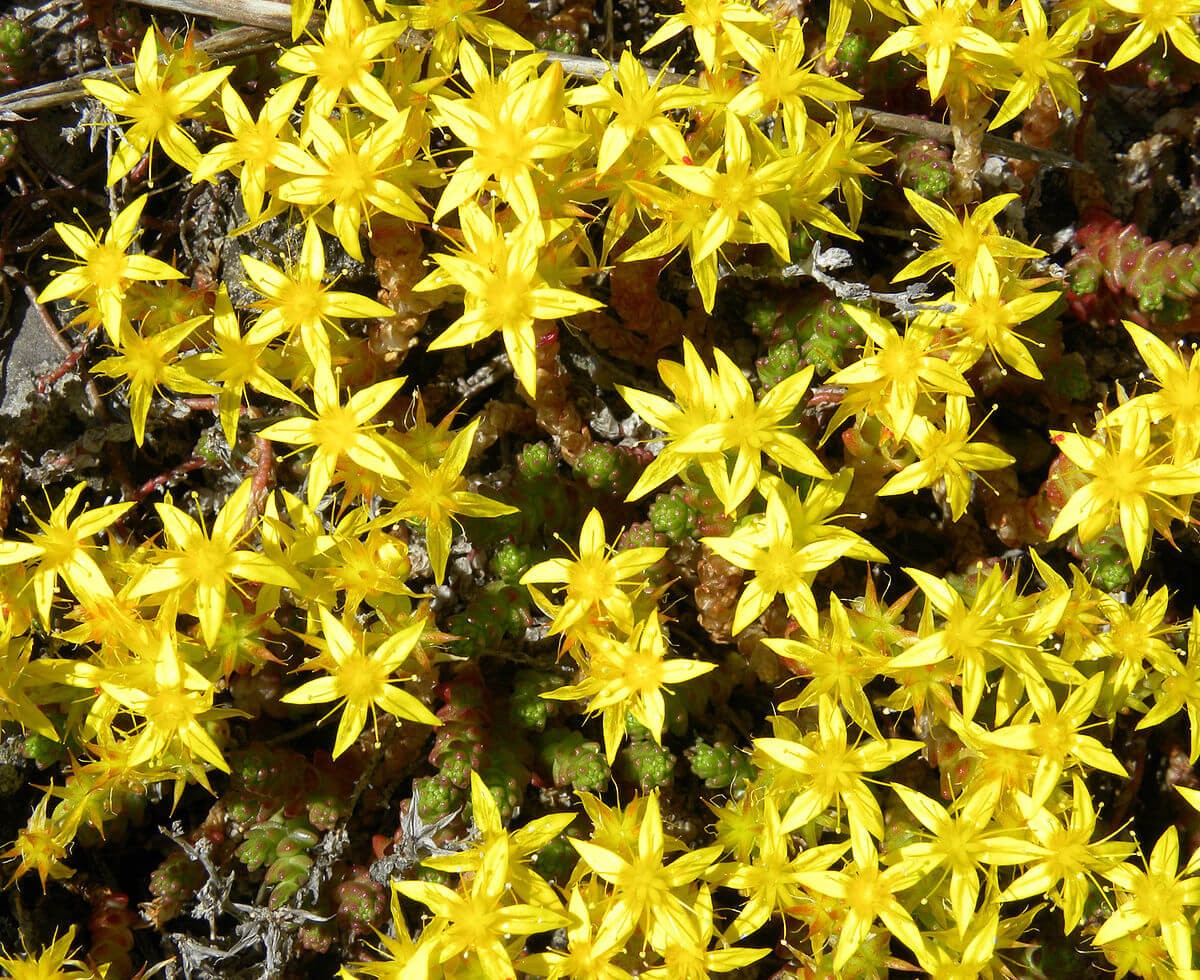
#2. Sedum repustre ‘Angelina’

#3. Showy Stonecrop ‘Autumn Joy’

#4. Privet Ligustrum sinense & Ligustrum lucidum

#5. Corylus avellana ‘Contorta’

#6. Mosses (various kinds)

#7. Trumpet Vine Campsis radicans

Four Seasons Flowers Good in Spring/Summer
#1. Trillium cuneatum “Sweet Betsy”

#2. Southern Blue Flag Iris Iris virginica var. shrevei

#3. Bearded Iris Iris

#4. Tulip Poplar Liriodendron tulipifera

Four Seasons Flowers Good in Spring/Summer/Fall
#1. Mugwort

#2. Catnip Nepeta cataria

#3. Bee Balm

#4. Yarrow Achillea millefolium

#5. Violets ‘Sweet Violets’ Viola sororia
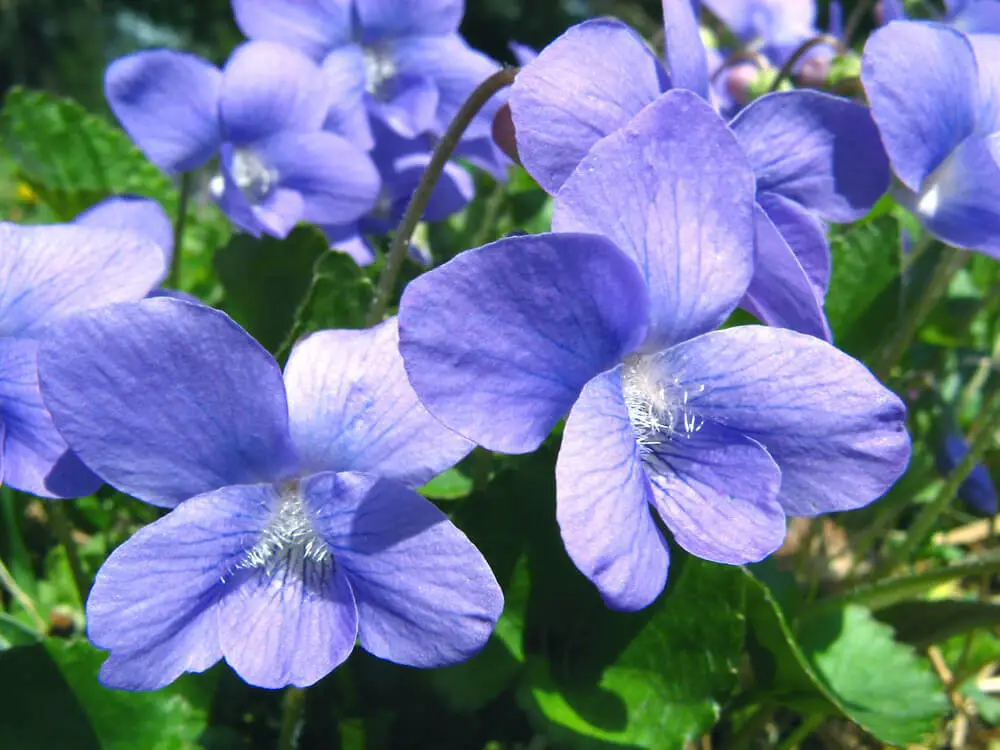
#6. Star of Bethlehem Lilies Ornithogalum umbellatum

Four Seasons Flowers Good in Summer/Fall
#1. Daisies
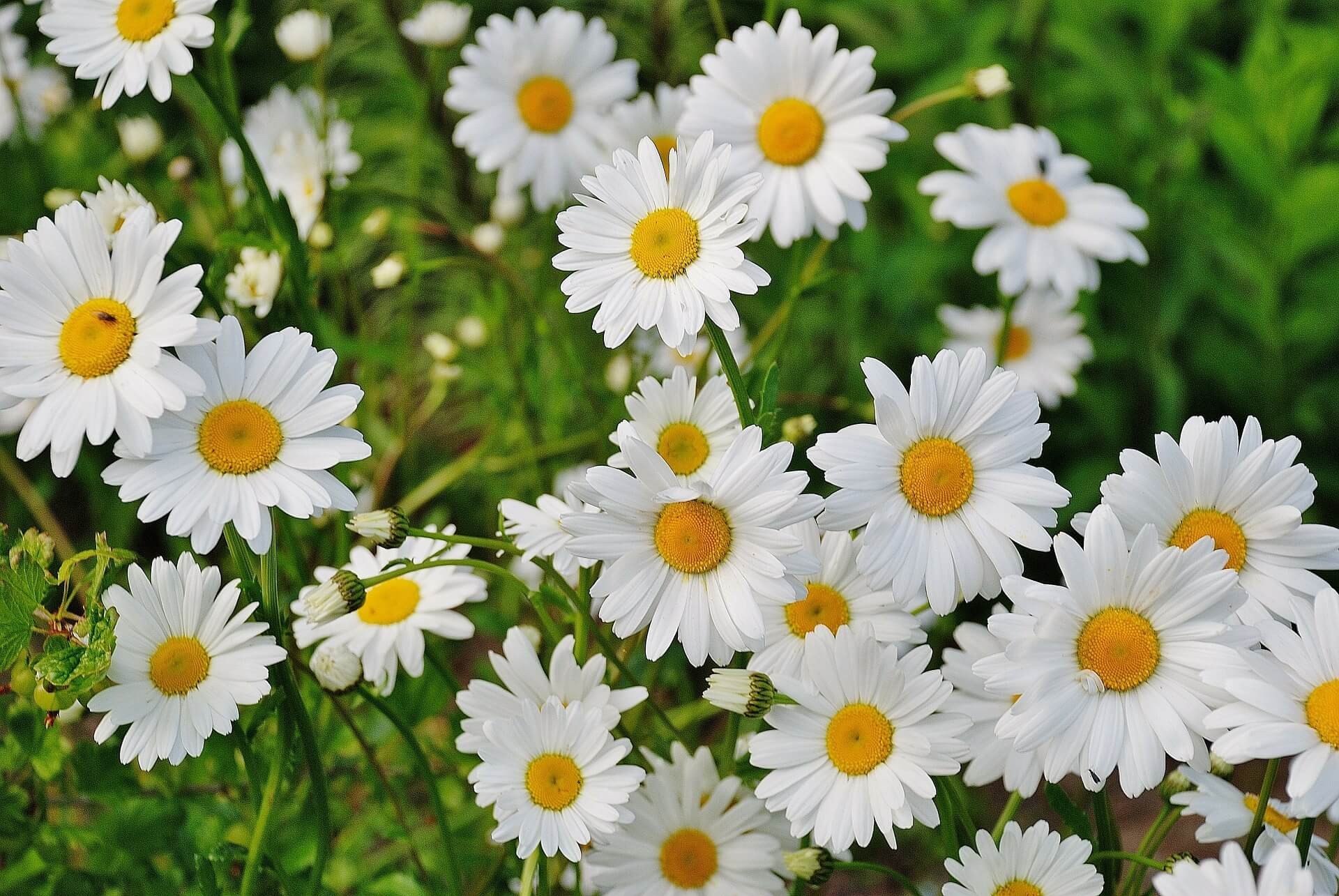
#2. Tiger Lilies
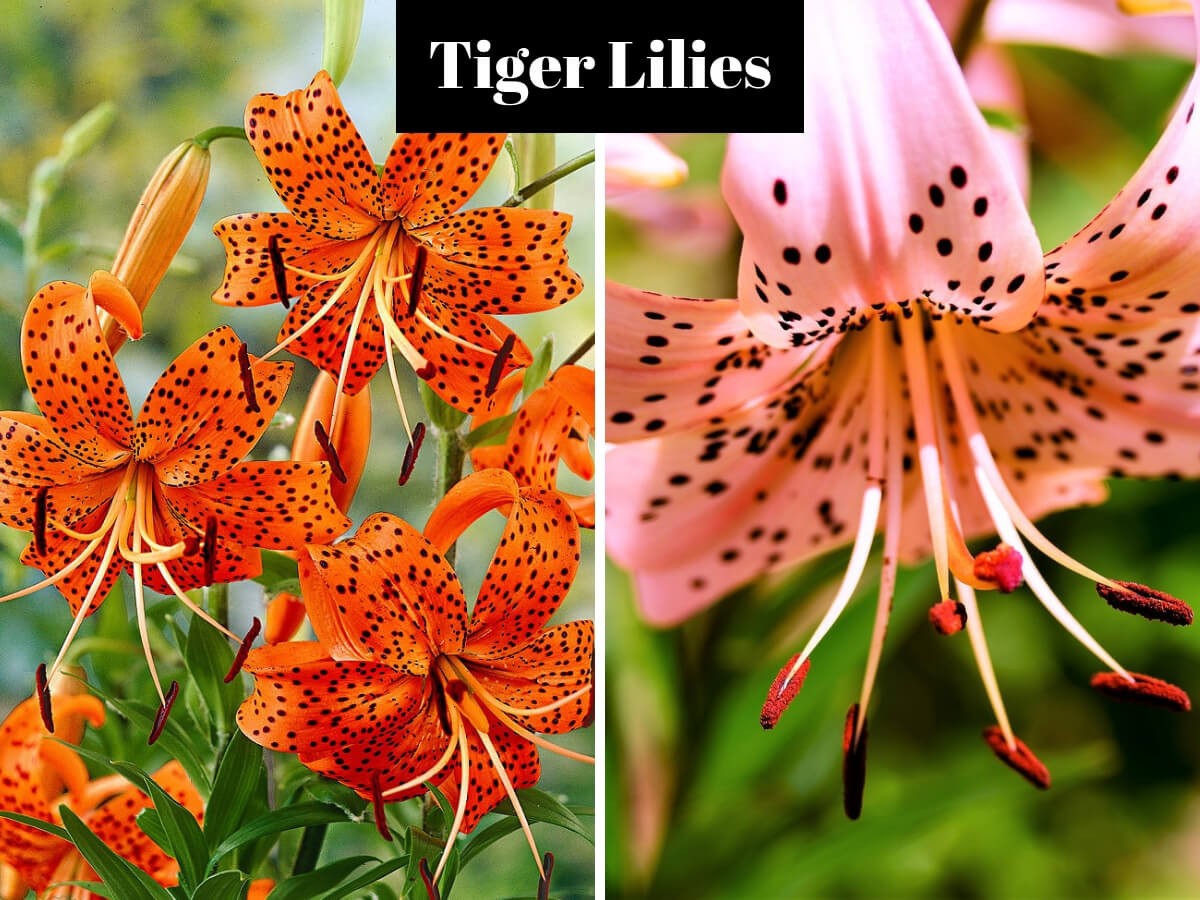
#3. Chrysanthemum Chrysanthemum x grandiflorum

When designing a Four Seasons Garden, it’s essential to stagger plantings so each species can thrive at its respective time. To maximize color and texture, space out spring-flowering bulbs about one week apart, allowing their blooming season to stretch on. During the winter months when flowers are scarce, trees, shrubs, and spent blooms take center stage, adding character to an otherwise barren landscape. Incorporating plants with intriguing bark and limbs can add visual interest.
For a frozen pond, place a fallen limb across the ice or leave spent blooms intact. This technique works wonders for most gardens. As snow falls on old blooms, it creates beautiful shadows and allows light to dance off the white canvas. Permanent landscaping features like rocks, chairs, and arbors bring life to a winter garden, whispering ‘I’m waiting for spring.’ Now’s a great time to invest in those charming artificial flowers!
Some spring-flowering plants can be coaxed into longer blooming periods with careful mulching and watering. Providing shade on hot days can also extend their blooming season. Regularly trimming off fading flowers throughout the growing season helps extend bloom times, yielding bigger, better blooms in greater numbers.
To add an extra layer of interest, create a wreath using colorful gourds, berries, and leaves – not only does it add visual appeal but also provides essential sustenance for local birds and mammals.
Things to Try in a Four Seasons Garden
As you tend to your garden’s aesthetic, don’t forget about the little things that can bring immense charm. Consider incorporating structures like bridges, benches, or arbors to create cozy nooks and scenic views. For an extra pop of personality, why not try painting a few outdoor pieces, like a wooden bench or a stone planter? The result will be a unique and eye-catching addition to your garden.
When it comes to attracting wildlife, remember that birds and other creatures are the true flowers of any garden. To encourage their visits, set up multiple feeders and water stations throughout your yard. And don’t forget about leaving some natural debris behind, like leaves and old blooms. This will not only attract beneficial insects but also add a touch of whimsy to your garden’s landscape.
As for winter, don’t be afraid to leave out a few colorful decorations to bring a splash of vibrancy to an otherwise quiet season.
Related Posts
When considering whether to tip your flower delivery person, it’s essential to understand the customary gratuities in your region. In many areas, tipping 10-15% of the total bill is considered standard practice. However, this percentage can vary depending on the location and the quality of service provided. Some people may choose to tip more or less based on their personal preference or the level of service they received.
For those looking for a colorful addition to their garden, 29 weeds with yellow flowers are worth exploring. By learning how to identify and remove these unwanted plants, you can create a more vibrant and controlled environment. Additionally, perennials that thrive in partial shade gardens or containers offer a variety of options for adding color and texture.
When it comes to caring for African Violet plants, there are several key factors to consider.
From proper watering techniques to optimal temperature ranges, understanding the specific needs of this popular houseplant is crucial for its survival and success. Similarly, Astilbe plants require a range of conditions to thrive, including the right amount of sunlight, water, and soil quality.
Lastly, when it comes to shade perennials, there are many options available for creating a lush and thriving garden in cold climates.
By learning which top ten perennials are best suited for these conditions, you can create a beautiful and resilient outdoor space that will provide years of enjoyment.


